Named as part of the Unesco heritage in 1997, the suggestive archaeological site Su Nuraxi di Barumini, in the heart of Sardinia, represents one of the most important archaeological traces of the ancient Nuragic civilization that dwelled this magical island in ancient times. Just think, the oldest ruins in the surroundings date back even to the 2nd millennium BC. (Bronze Age).
In this article we want to suggest you an itinerary of routes to discover nuraghi in Sardinia and numerous other sites to visit: a real archaeological walk through the island that shows an often less-known side of this wonderful region. Pack comfortable, sporty clothing and shoes suitable for hiking, but above all fill your backpack with everything you need to venture into the authentic hinterland in search of nuraghi. Sardinia awaits you!

Nuraghi in Sardinia: history and functions of the Sardinian archaeological icon
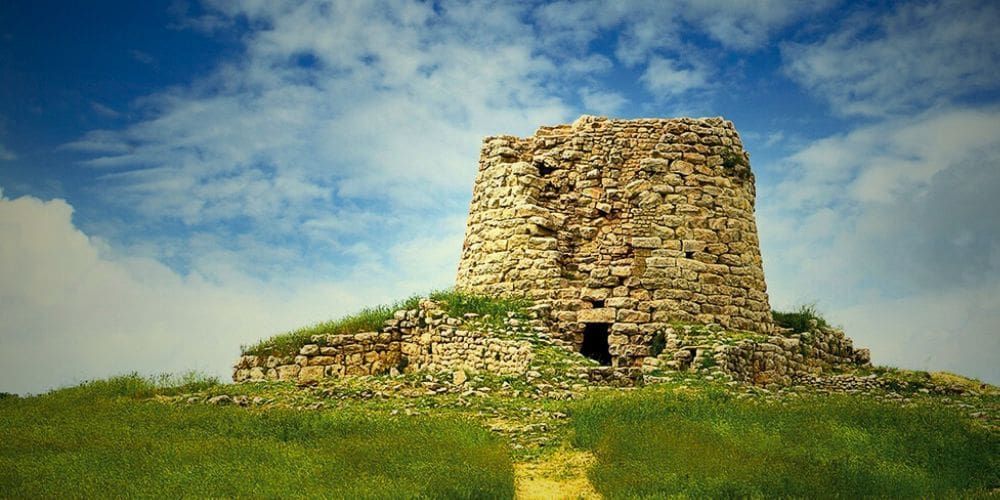
The origin of Sardinian people is still uncertain today, but the nuraghi surely testify the occurrence of fundamental events that determined the development of the ancient native civilization in Sardinia. In fact, it is estimated that the first Sardinians on the island, born from the meeting of Mediterranean peoples and cultures, made the Nuragic civilization begin already 7000/8000 years ago.
And what about nuraghi? In short, these are fortress-houses of a prehistoric nature actively used since the 2nd millennium BC. until the Roman invasion, characterized by the typical truncated cone shape built with overlapping dry stone blocks. Most of nuraghi in Sardinia were built near villages, especially on hills or in the presence of large spaces. The typical Sardinian nuraghe, so-called tholos nuraghi, has a large circular chamber inside characterized by niches and a domed ceiling.
Some of these buildings reached stunning dimensions for that era, such as the Santu Antine nuraghe of Torralba over 20 meters tall (we will tell more about it later), while some structures were even divided into several buildings and communicating towers with walls even 4 meters tall: in these cases, there's the possibility that some nuraghi were conceived as real fortresses.
Currently, there are thousands of nuraghi in Sardinia, around 7000 spread across the entire territory of the island from North to South. For what concerns etymology, the term nuraghe derives from Nur, meaning pile of stones. Their function has never been completely clarified: they could serve as defensive structures or lookout towers, but some have a theory that they could also be designated for a religious or proto-scientific function, in particular as astronomical observatories.
Itineraries for an archaeological holiday in Sardinia
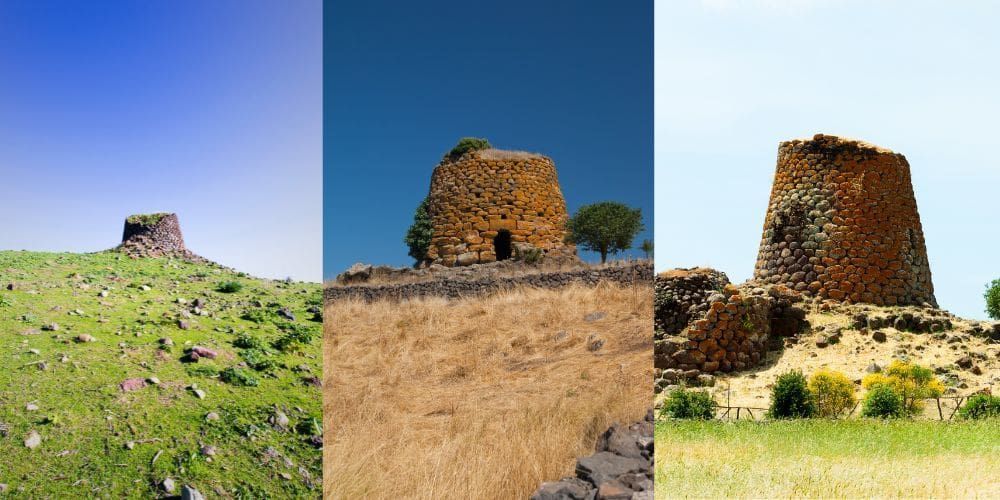
Now that we know more about nuraghi in Sardinia, about their origins, diffusion and potential uses in the society developed by the ancient civilization that dwelled on the island thousands years ago, the time has come to watch them from a closer perspective and plunge into the purest and most archaeological soul of the region.
Let's leave together discovering nuraghi in Sardinia and the most interesting routes to take from North to South: we are about to visit the most interesting nuraghi in North Sardinia (province of Sassari), in Central Sardinia (provinces of Nuoro and Oristano) and in South Sardinia (including the area of Cagliari), let's go!
Nuraghi in Sardinia: archaeological routes in the North (prov. of Sassari)
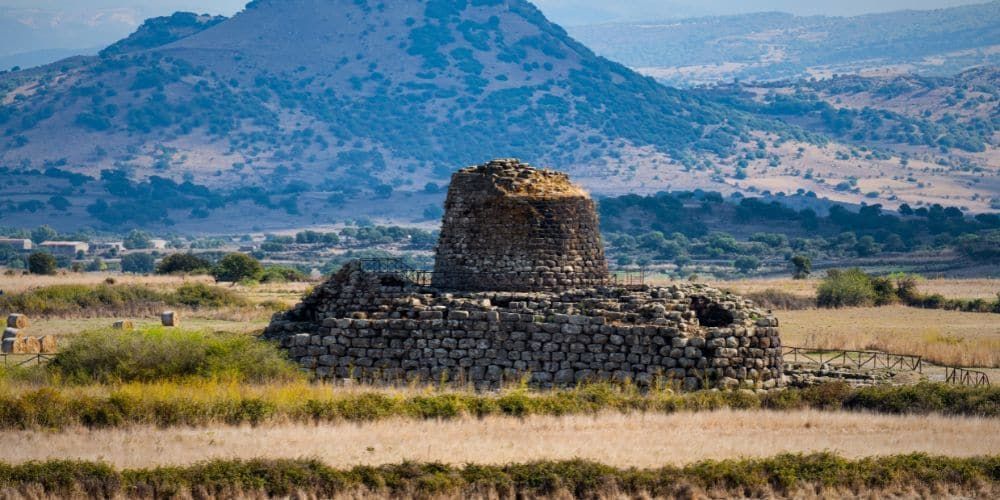
Our itinerary in search of the most beautiful routes to visit nuraghi starts from North Sardinia, a wonderful territory enclosed in the province of Sassari which we suggest you get to know and explore through Salude & Trigu, a program of fantastic events to make Sardinia an experience which goes beyond the beautiful summer good life between sea and beaches.
The Nuraghi Valley of Sassari is certainly a perfect starting point for those who want to travel and find nuraghi in Sardinia. We are exactly in the locations of Logudoru Meilongu, a historical region where between the 17th and 8th centuries BC. around 30 nuraghi arose near villages and tombs.
In these places it is possible to admire structures of different shapes and sizes, with tholos or single-tower base; the Santu Antine nuraghe of Torralba is probably the most famous and best preserved archaeological site in this area, but in its surroundings we suggest you also visit the Oes and Ruju nuraghi, as well as the tomb of giants of Rio Mannu or the necropolis of Mureddu and the domus de janas of Tennero nearby Cheremule. Don't miss your chance to visit the village of Giave too, among the most romantic in Sardinia!
Moving to the Alghero area we come across the Nuragic site of Palmavera, another very important archaeological place in the region characterized by two large towers surrounded by a village of around 50 huts with a circular or quadrangular base. The oldest buildings of this human settlement probably date back to the 15th century BC. The unique and evocative scenery of Palmavera is also one of the most beautiful stages of the JazzAlguer music festival.
On the opposite side, however, in the North-East and precisely near Arzachena, there are two fantastic tombs of giants to visit: the very ancient sites of Li Lolghi and Coddu Veccju, dating back to the 3rd-2nd millennium BC; nearby you can also visit the La Prisgiona and Albucciu nuraghi.
Archaeological Sardinia: discover the central part (nuraghi in prov. of Nuoro and Oristano)
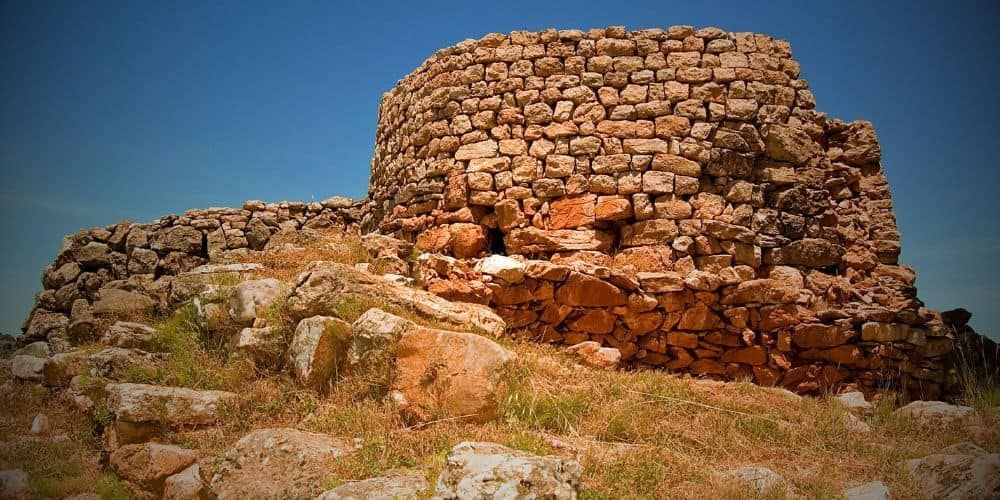
The archaeological itinerary in Sardinia discovering nuraghi and the most interesting and historical archaeological sites now moves to the central area of the island, through the provinces of Nuoro and Oristano.
Let's start from Nuoro, in the Central-Eastern part of the region. Not far from the city, further North, there is the nuragic site of Noddule, an archaeological area that features the remains of a town and a sacred spring that developed right around the nuraghe; an interesting factor is given by the presence of few remains of what probably was a funerary site near the central tower. Nearby, we suggest to check out the Orizanna and Su Nurattolu nuraghi, the site of Sant'Efis, the Sas Concas necropolis near the Ola nuraghe and the domus de janas of Janna Bentosa.
Moving towards the coast, in the hinterland of the village of Dorgali (Nuoro), the archaeological sites of Monte Tiscali and Serra Orrios are particularly evocative: the first is located inside a cave on the top of a promontory, certainly a super suggestive route for its geographical position and for the richness of the archaeological remains of the ancient town; the second is located further downstream to the North, near the Cedrino lake and river, and presents visible remains of a village of about one hundred circular huts equipped with common water systems and cisterns, as well as a sanctuary right next to it. Nearby, there are also other nuraghi to visit: Neulè, Oveni, Lottoniddo, Luduruju and Su Casteddu.
In theSouthernmost part of the province of Nuoro, in Osini, is located the important Serbissi nuraghe: it is a small village with the remains of a few huts, also equipped with some circular-based towers, and close to the remains of two tombs of giants.
Then, moving to the Central-Western region near the village of Bauladu (Oristano) there are the nuraghi of Santa Barbara, Crabia, Latzones and Oschini, but also the archaeological and naturalistic park of Santa Cristina. Continuing towards Abbasanta (Oristano) you will find the Losa, Nurru and Zuras nuraghi.
Archaeological routes through nuraghi in South Sardinia (including Cagliari's area)

We conclude our journey among the archaeological routes in search of nuraghi in Sardinia by exploring the Southernmost area of the region: South Sardinia and the area of Cagliari.
Among the best preserved nuraghi of this region we must mention Su Nuraxi di Barumini, located near the namesake town. This archaeological area presents a large nuragic site and a series of hut buildings that surround it, representing one of the most significant examples, if not the most important, of how the Nuragic people had already developed a premature urban planning logic, seeing the nuraghe as a complex system of interconnected structures with different functions; in fact, from the excavations of the site, details emerge on some spaces used as workshops, agricultural processing centers, warehouses and even places of worship, as well as interesting remains of tools, weapons, pottery and ornamental objects.
Moving towards the Arrubbiu site near Orroli (South Sardinia) we come across one of the most impressive Nuraghi in the whole island, made of an enormous central tower 25 meters tall surrounded by other smaller towers and a system of defensive walls interrupted by external courtyards. The entire site has been dated between the 15th and 9th centuries BC.
Last stage is Sinnai (Cagliari), which in its territory alone boasts the presence of over 50 nuraghi including Sa Fraigada, Sant'Itroxia, Origa, Pirreu. Nearby, there are also the archaeological sites Sa Domu 'e Sa Nì and Sa Conca and Sa Tuppa, as well as the tomb of the giants Is Concias and the weird Codoleddu, the 'rocky mushroom'.
About the author
Written on 26/10/2023


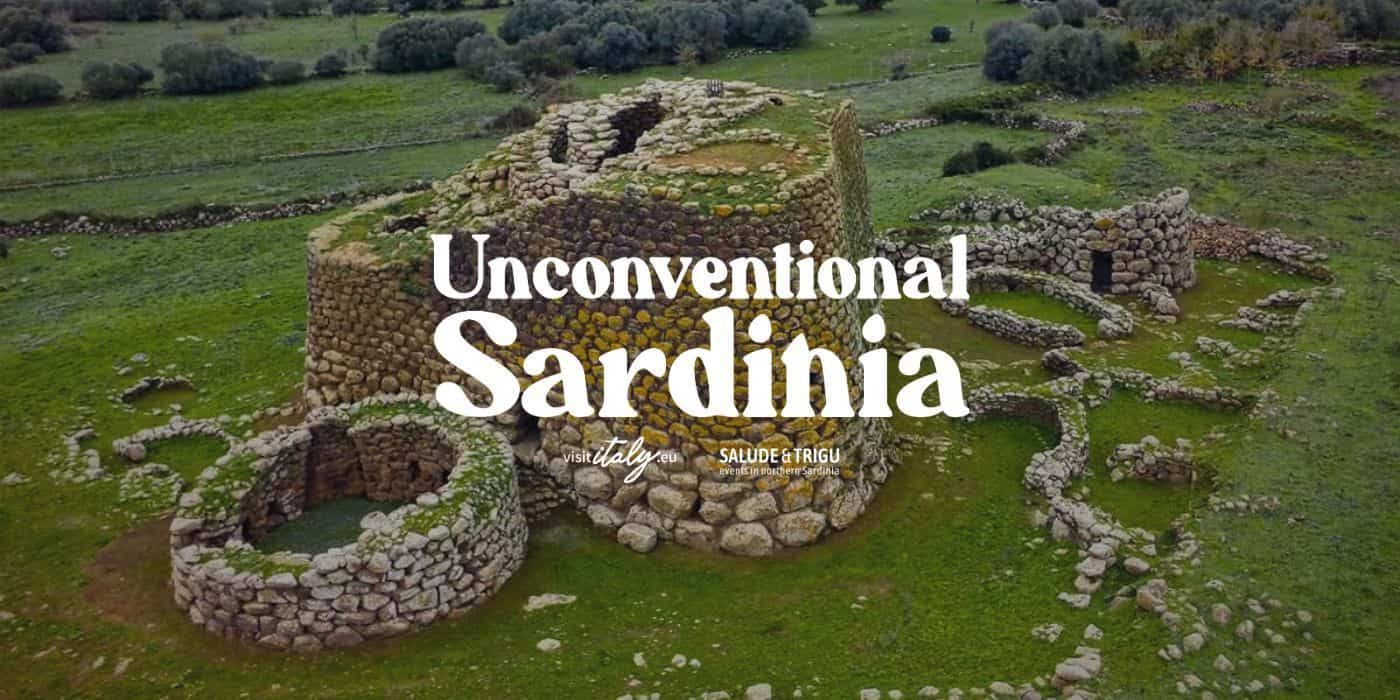
Maria Luisa Ancona
Check out with us the most beautiful routes to explore nuraghi in Sardinia, the most archaeological side of the island to discover on your next trip